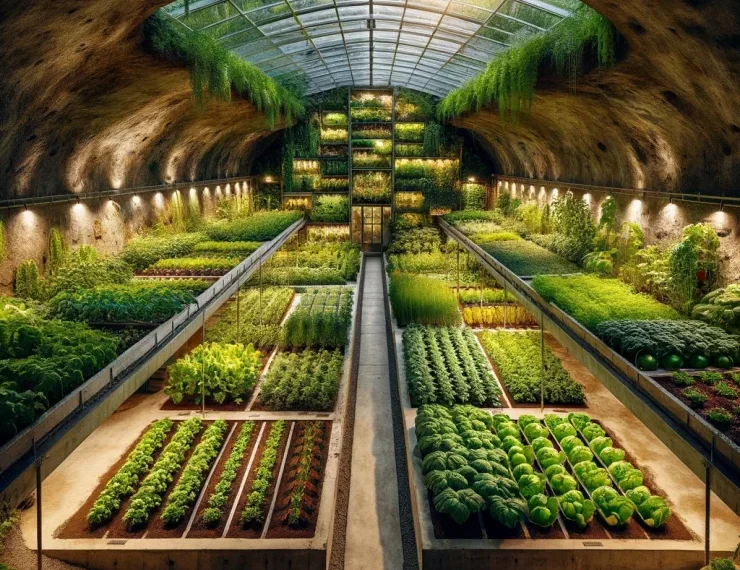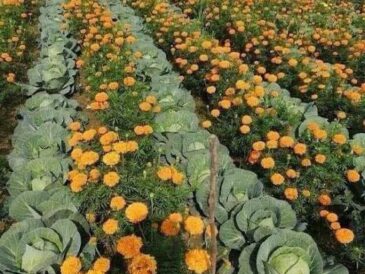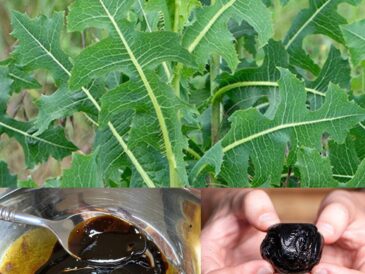Introduction
Innovative farming techniques are evolving rapidly to combat the challenges posed by climate change, land scarcity, and seasonal limitations. One such revolutionary approach gaining traction is the concept of underground greenhouses. By harnessing the natural insulation provided by the earth, these subterranean structures offer a sustainable solution to extending the growing season and ensuring a steady food supply throughout the year. This article delves into the design, advantages, societal implications, and challenges of underground greenhouses, highlighting their potential to transform modern agriculture.
Understanding Underground Greenhouses
The Concept
Traditional above-ground greenhouses have long been utilized to create controlled environments for cultivation. They allow farmers to grow plants in a regulated climate, optimizing conditions for growth. However, they often struggle to maintain consistent temperatures, especially in extreme climates. In contrast, underground greenhouses leverage the thermal mass of the soil to regulate temperatures effectively, providing a stable and conducive environment for plant growth.
Design Variations
The design of underground greenhouses varies depending on several factors, including climate, soil type, and the crops being cultivated. Some structures feature a sunken design with a transparent roof or skylights to allow sunlight to penetrate. This design maximizes the benefits of solar energy while maintaining insulation. Others may use reflective surfaces to distribute light evenly throughout the space. Moreover, efficient ventilation systems are incorporated to ensure adequate airflow, which prevents humidity buildup that could lead to mold or mildew.
Advantages of Underground Greenhouses
Temperature Regulation
One of the primary advantages of underground greenhouses is their ability to mitigate the effects of external weather conditions. By being partially or entirely buried beneath the surface, these structures are shielded from harsh winds, frost, and excessive heat. This natural insulation minimizes the need for artificial heating or cooling systems, reducing energy consumption. Consequently, the crops grown in these greenhouses are more resilient to fluctuating temperatures, leading to healthier plants and increased yields.
Space Efficiency
Urban areas often face land scarcity, making it challenging to establish traditional farming practices. Underground greenhouses offer significant space-saving benefits by utilizing the space below ground. This innovative use of land allows farmers to maximize their cultivation area without encroaching on valuable surface land. In densely populated cities, the compact footprint of underground greenhouses makes it feasible to establish productive gardens, promoting local food production and reducing the carbon footprint associated with transportation.
Sustainability in Extreme Climates
In regions with extreme climates, such as arid deserts or frigid tundras, underground greenhouses provide a lifeline for agricultural sustainability. By creating a controlled microclimate underground, farmers can cultivate a diverse range of crops that would otherwise struggle to thrive in such harsh environments. This capability not only enhances food security but also contributes to biodiversity conservation by preserving local plant varieties. In this way, underground greenhouses play a crucial role in adapting to and mitigating the impacts of climate change.
Societal Benefits
The year-round availability of fresh produce from underground greenhouses has numerous societal benefits. By reducing reliance on imported goods, these structures strengthen local economies and foster self-sufficiency. Furthermore, access to nutritious, locally grown fruits and vegetables promotes healthier dietary habits and reduces the prevalence of food deserts in underserved communities. This accessibility is vital for enhancing public health and improving quality of life, particularly in areas where fresh produce is scarce.
Challenges and Considerations
continue reading in page 2




